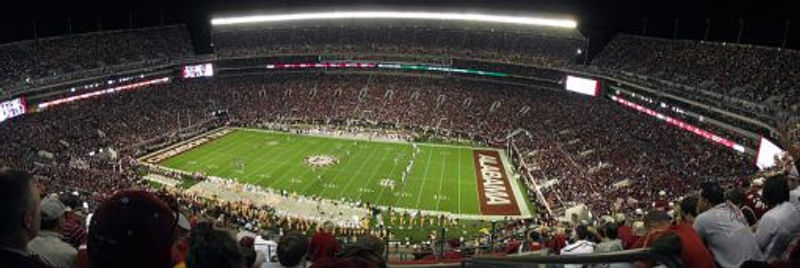50 States in 50 Days: Alabama – Sweet Home
- Kiev son
- Jun 22, 2012
- 3 min read
Posted by: John Gregg, Visa Chief
Growing up in Alabama, I learned about the victories of the civil rights movement in my state from an early age. Dr. Martin Luther King Jr. conducted some of his most famous marches here in places like Montgomery, Selma, and my hometown of Birmingham. You can visit sites from this history today among many others in a green, friendly, and sports-mad state.

Alabama Civil Rights Trail
Europeans settled Alabama in large numbers in the early 1800s. The settlers replaced the Native American population and developed an agricultural economy based on slavery. Alabama became the United States of America’s 22nd state in 1819, but seceded with several others at the start of the U.S. Civil War. The Confederacy’s first capital was in Montgomery, and even after the war, racial discrimination persisted for a long time. It took Dr. King and countless other civil rights activists to push Congress to end legal discrimination in the 1960s. Today, an entire district of Birmingham’s historic downtown is devoted to memorials of the protest era. The state’s economy is considerably more diversified that the cotton farms of the past. For instance, Birmingham has both a large steel industry and a significant medical sector, based at the University of Alabama-Birmingham.

U.S. Space & Rocket Center in Huntsville
The city of Huntsville played a key role in another aspect of America’s history: the space race. The rockets and capsules that carried American astronauts to the moon were developed there, and many have been preserved at the U.S. Space and Rocket Center along with other attractions. These include Saturn moon launch vehicles, Apollo Program command and lunar modules, and the U.S. Space Camp which attracts children from around the world.

Gulf Shores Condos
If you’ve seen “Forrest Gump,” which is largely set in the state, then you know of course that Alabamians love their shrimp and seafood. Alabama’s small coast on the Gulf of Mexico plays an outsize role in the state’s culture, not only for the food but also for the beaches. Around Gulf Shores and Mobile – a former French colony and the original home of the “Mardi Gras” Carnival festival – the beaches are so white that locals call the sand “sugar.”
If you ask anybody from Alabama what they think about their state, though, the first thing they’ll probably mention is sports. American football and auto racing are enormously popular here, and there are stadiums dedicated to each sport, in Tuscaloosa and Talledega respectively, which can hold over a hundred thousand people.

Bryant–Denny Stadium, located in Tuscaloosa
Tuscaloosa’s stadium, also shown in “Gump”, is actually not for professional football but the team from the University of Alabama. Since Alabama is small enough that there are no professional teams, Alabamians go crazy for university teams to a degree that can be difficult to understand! But if you ever have the opportunity to attend the game, the atmosphere is electrifying. Alabama’s team happens to be my favorite and the reigning national champs. Just outside Tuscaloosa is Moundville, a series of preserved Native American mounds on the Black Warrior River.

Native American mounds on the Black Warrior River
Aside from all these attractions, what keeps me coming back to Alabama (aside from my parents) is the natural beauty of the state’s countryside. This gently rolling landscape, covered with pine forests, represents the southern end of the Appalachian mountain chain which runs all the way to New York. The backdrop for trips to relatives and to the beach throughout my childhood, it is unique to “Sweet Home Alabama.”

Mount Cheaha, Alabama’s highest point

Birmingham, largest city and metropolitan area

Huntsville, second-largest metropolitan area





Comments